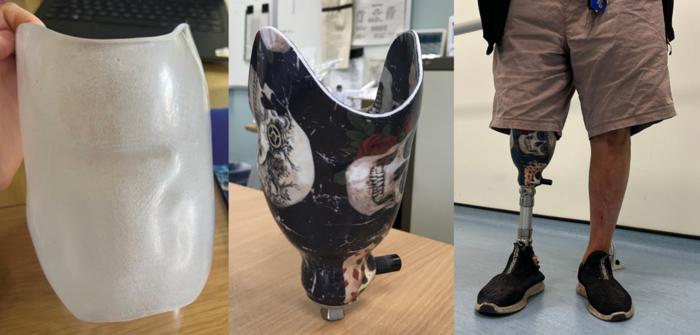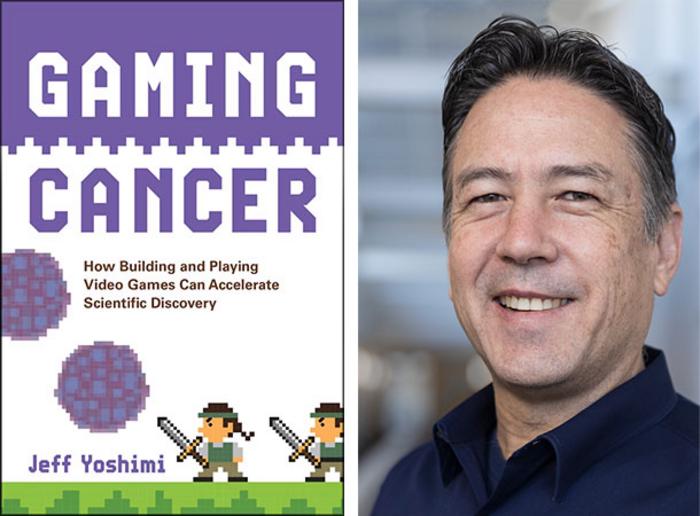Researchers have developed an artificial intelligence tool that can quickly decode the DNA of a brain tumor to determine its molecular identity during surgery — crucial information that can take days or even weeks with current approaches.
Knowing the molecular type of a tumor allows a neurosurgeon to make decisions about, for example, how much brain tissue to remove and whether to inject tumor-killing drugs directly into the brain — while the patient is still in the operating room.
The work, led by researchers from Harvard Medical School, is published July 7 in the journal Med.
Accurate molecular diagnostics – which details changes in a cell’s DNA – can help a neurosurgeon decide how much brain tissue needs to be removed during surgery.
Removing too much when the tumor is less aggressive can affect the patient’s neurological and cognitive function. Also, removing too little, if the tumor is very aggressive, can leave behind malignant tissue that can quickly grow and spread.
“Currently, even state-of-the-art clinical practice cannot molecularly profile tumors intraoperatively. Our tool overcomes this challenge by extracting previously untouched biomedical signals from frozen pathology slides,” said senior study author Kun-Hsing Yu. biomedical informatics at HMS Blavatnik Institute.
Knowing the tumor’s molecular identity during surgery is also valuable because certain tumors benefit from on-the-spot treatment with drug-coated discs that are inserted directly into the brain during surgery, Yu said.
Furthermore, even with powerful microscopes, the human eye cannot reliably detect subtle genomic variations on a microscope slide. A new AI solution overcomes these challenges.
The tool, called CHARM (Cryosection Histopathology Assessment and Review Machine), is freely available to other researchers. The research team said it still needs to be clinically validated through real-world testing and approved by the FDA before it can be used in hospitals.
Researchers have already designed AI models to profile other types of cancer — colon, lung, breast — but gliomas have remained particularly challenging because of their molecular complexity and the enormous variability in tumor cell shape and appearance.
Yu said the CHARM tool needs to be regularly retrained to reflect new disease classifications as they emerge from new data. “Just like doctors who must engage in constant training, AI tools must keep up with the latest knowledge to stay on top.”
– Eurekalert







